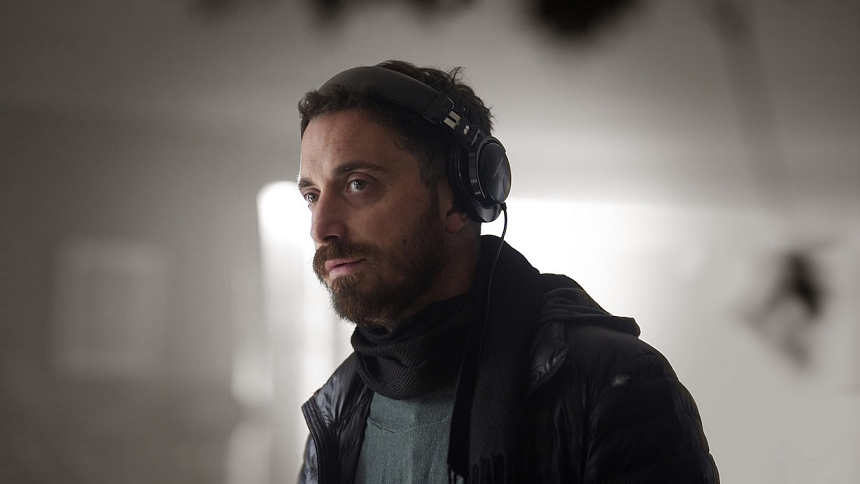Sound And Vision: Pablo Larraín

In the article series Sound and Vision we take a look at music videos from notable directors. This week: Electrodomésticos' Detrás del Alma, directed by Pablo Larraín.
Pablo Larraín often portrays class and political struggle through a lens of horror, like in El Conde, which portrays fascist dictator Pinochet like a literal vampire. Or his trilogy of upper class women, consisting of Jackie, Spencer and Maria, of which at least the first two subtly bleed into heightened genre-territory to portray their real life traumas. Spencer especially has shades of The Shining in there, in what otherwise is the story of Princess Diana. These are films about the upper class being trapped in a horror of their own making. Larraín's sole music video also has some The Shining-light vibes going on, but ultimately tells a warmer story about class struggle.
The music video for Electrodomésticos' Detrás del Alma shows a group of servers at a party for the rich, and a band playing. Both waiters and band look eerily alike (played by the same members of the long-going Chilean cult-band Electrodomésticos). There are some minor games with identity in the first stretch of the music video, in which we could almost interpret the similarities between the staff and the party band as a way to portray the working class being 'the same' in the eyes of the snooty party guests. That the latter all dress up in Elizabethan garb, and that the imagery is constantly compared to classic French modernist and renaissance painting, drives home the point that the upper class is of all ages.
It gets more interesting in the later stretch of the music video, where the band show up as snooty guests, looking down on themselves. Eventually the borders between classes and identity fully break down when the working and upper class intermingle in an orgy. Gender, age, class and dress style get overturned, when identities clash into each other and everyone becomes all one and the same.
What is this music video trying to convey? Is it just a cool-looking head scratcher, as I initially thought? Taking a closer look at the near-impenetrable lyrics shows the song has a lot of religious imagery in there, evoking Jesus' last ordeal in the garden of Gethsemane, the name of God, the idea of a good heart and the search for power, and 'the soul behind the soul'. What it ultimately seems to get at is seeing the love and humanity in someone, seeing the true nature of a person and seeing that nature as good. I think the music video is trying to convey a similar thing: the breakdown of identity is about the true recognition of another person as the same as oneself. We are all human. We should all be able to see the soul behind the soul. And our soul should be able to be seen as well.
In other words: Pablo Larrain sets up these dichotomies and differences, between lower class and upper class, working stiff and snooty elite, man and woman, rich and poor, young and old; only to knock all the barriers down. This is a much kinder look at class struggle than Spencer or Jackie are. There we see these women trapped in their golden cages, never able to escape. Here the cage is demolished and everyone gets to be free.






